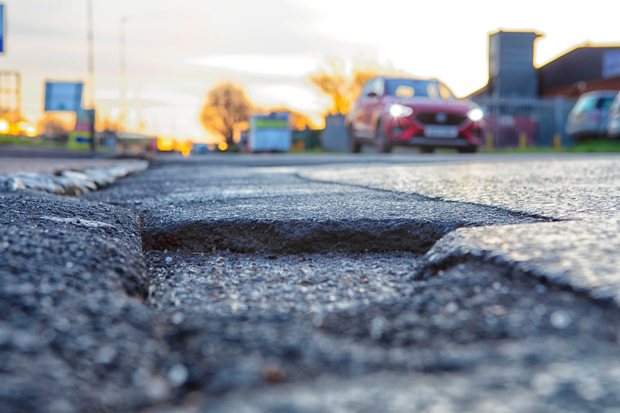Question of the week: Is there an ideal tyre pressure to avoid potholes?

Dear Honest John,
"I drive a Suzuki Vitara with Continental tyres set at the higher Eco pressure for economy. This gives great miles per gallon on motorways, but on potholed roads around town the ride can be bumpy. I can reduce the tyre pressure to the lower Comfort setting, but would softer tyres be more likely to suffer damage from potholes? Alternatively, is there another make of tyre that would give both good economy and a softer ride?"
- RG
Dear RG,
Tyre pressures are always something of a compromise. Lower pressures allow more deflection of the tyre which is good for ride comfort, whereas higher tyre pressures are better for economy as they reduced rolling resistance. As there is no pressure level that will account for all circumstances it is a matter of deciding which characteristics are most important to you and how you drive.
High tyre pressures reduce the likelihood of a puncture occurring from the tyre being pinched but also carry a potential higher risk of being punctured by a sharp edge or debris than a lower pressure, so there is no perfect pressure but a compromise between the two extremes is likely to give the best puncture resistance.
You can use a retail website such as blackcircles.com to view a wide range of tyres in the required size which also shows the economy rating, but ride quality is typically determined by the aspect ratio or sidewall size of a tyre in relation to its overall size and tyre pressures.
You may also wish to consider fitting smaller wheels, as these would typically have a taller sidewall for better ride quality and less width, which usually results in lower rolling resistance and therefore better fuel economy.
You could also consider fitting XL-rated tyres which are designed to carry heavier loads and have tougher sidewalls.

